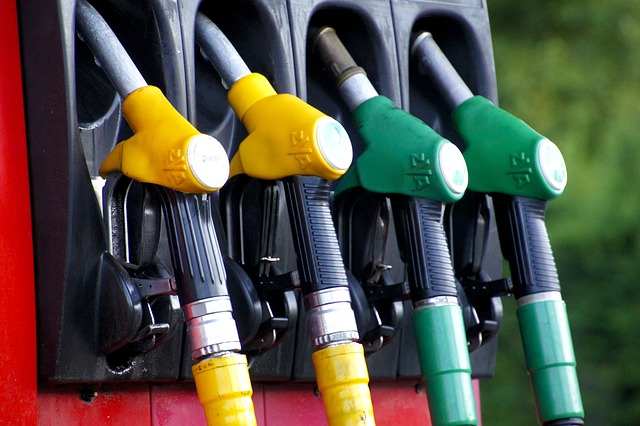Driving on Fumes: The Pros and Cons of CNG Vehicles

With gas prices fluctuating wildly in recent years, more everyday drivers are considering alternative fueled cars and trucks. Among the most accessible options are Compressed Natural Gas (CNG) vehicles offered from automakers like Honda, Toyota, Ford and Chevrolet. But what exactly is CNG, how do these vehicles perform, and are they really more affordable and eco-friendly long-term?
What is CNG and How Do The Engines Work?
CNG is made by compressing methane to less than 1% of its volume, allowing more fuel to be stored onboard a vehicle. The gas is compressed in tanks at a pressure of 3,600 PSI, then delivered to the engine via fuel injectors and ignited by spark plugs, just like gasoline. Bi-fuel CNG cars and trucks have two separate fuel systems to tap into either CNG or traditional gasoline fuel.
CNG Benefits: Why Drivers and Businesses Are Switching From consumer sedans to commercial fleets, natural gas vehicles offer some key perks:
Lower Fuel Costs: With CNG prices around $2.50/gallon gasoline equivalent in 2023, filling up currently costs about half as much compared to gas. Less money wasted at the pump means faster ROI.
Reduced Emissions: CNG burns much cleaner than gasoline, with 40% fewer greenhouse gas emissions according to researchers – making it a more eco-friendly option.
Abundant Supply: 98% of natural gas used in the US comes from North American sources, reducing energy dependence on foreign oil. Supply is projected to meet demands for 80+ more years as well.
Incentives Available: State and federal tax credits from $1,000 to $4,000 help offset the extra costs of CNG vehicle equipment and home refueling stations.
Drawbacks and Misconceptions
Of course CNG vehicles aren’t all sunshine and rainbows. Concerns around power, safety and fuel availability persist. But how valid are they really?
Myth #1: CNG Vehicles Are Underpowered While earlier CNG cars did suffer major power losses, modern turbocharged direct injection engines have mostly closed the gap. Models like the 2022 Hyundai Elantra N-Line now achieve 201 HP on CNG – well within expectations for a compact sedan.
Myth #2: CNG Tanks Are a Safety Hazard It’s true that compressing any gas to 3,600 PSI does impose risks if tanks rupture. However, CNG tanks are designed with thick non-corrosive liners and durable external shielding to prevent cracks and leaks. Rules also require mounts and shields to prevent impacts from crashes or road debris.
Myth #3: Lack of CNG Fueling Stations This remains the largest real drawback for average CNG vehicle owners. While stations are abundant across big metro areas, long rural stretches lack infrastructure. Drivers are forced to plan routes ahead of time using apps like AltFuelFinder. But the tide is shifting as more gas providers add pumps.
Is Driving on Natural Gas Right for You? For urban commercial fleets, transit agencies and drivers in California, Utah or Oklahoma where stations thrive, factory CNG vehicles make a lot of financial and environmental sense. Savings on fuel costs quickly offset higher vehicle purchase prices. But for longer hauls or rural regions, range anxiety still impedes adoption. As the next generation of engines enhance efficiency and infrastructure expands however, CNG deserves a second look for eco-conscious drivers focused on the bottom line.